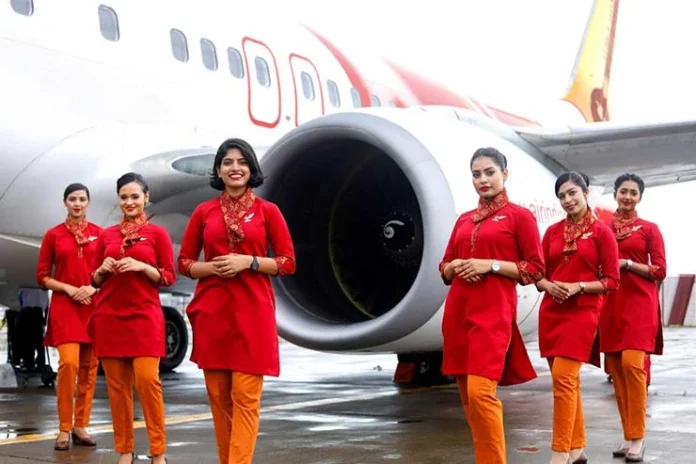New Delhi: The death of a pilot of private carrier Indigo last year due to sudden cardiac arrest in Nagpur moments before he was to fly kicked off a debate on ‘pilot fatigue’ and how effective the prevailing norms were to mitigate this led to the Director General of Civil Aviation (DGCA) to roll out rules and regulations in this regard.
The issue of pilot fatigue has been impacting airlines worldwide and has been regarded as a factor that imperils flight safety. In 1997, for instance, 228 passengers on board a Korean Air flight in Gaum died after the aircraft crashed into a hill. “Contributing to these failures were the captain’s fatigue and Korean Air’s inadequate flight crew training,” said the report going into the causes behind the crash. Crashes like this have happened in various scales across the world, including the US, UK, Canada and Switzerland.
Taking all these into account, India rolled out a long-awaited reform in its Flight Duty Time Limitations (FDTL) for crew of airline operators. Taking a leaf out of global best practices, such as those in the Federal Aviation Administration of the US and the EU Aviation Safety Agency, the new norms call for more sleep time for crew, extended weekly rest periods and restricted night landing operations.
“These changes—very much in line with international best practices—will ensure India has the necessary arsenal as it prepares to clinch the largest domestic aviation market title in the future,” civil aviation minister Jyotiraditya Scindia posted on X (formerly Twitter).
The Directorate General of Civil Aviation, the government’s watchdog for the sector, analysed extensive numbers of pilot rosters along with pilot fatigue reports submitted by airline operators. Based on the study and analysis, the FDTL regulations were amended, taking the pain-points into account.
This data-driven approach to amending these regulations paves the way for India to migrate to the Fatigue Risk Management System (FRMS). The system would enhance monitoring and reporting of flight crew fatigue. That will require collaboration between various aviation stakeholders, such as regulator, airline operators and flight crew, for stringent monitoring, record keeping and reporting to ensure adherence to an FRMS regime in future.
Airlines are to comply with the new regulations by June 1. “This will ensure sufficient time for the airline operators to adapt to the changes while taking into account the logistics, system changes and consequential arrangements arising out of the amendments in revised FDTL regulations,” a government statement said. Airlines are also to submit quarterly fatigue reports and action-taken reports to the DGCA. These reports will follow a “non-punitive and confidentiality policy”.
The revised regulations mandate increased weekly rest periods from 36 hours to 48 hours for flight crew, to allow for sufficient time for recovery from cumulative fatigue. The definition of ‘night’ has been amended to include an extra hour, up to 6 am. The previous regulations considered midnight to 5 am as night hours. “This enhancement of one hour during early morning will ensure adequate rest and also align the night duty period, which encompasses Window of Circadian Low (WOCL) from 0200-0600 hours, i.e. the time during which the circadian body clock cycle is at its lowest in terms of alertness,” the new regulation says.
The new norms have also taken into consideration different types of operations across time zones. The maximum flight time and maximum flight duty period for flight operations encroaching night have been restricted to eight hours of flight time and 10 hours of flight duty period, respectively, and the number of landings have been cut down to only two from the previously maximum permissible six landings during night operations.
“Crew member fatigue is now acknowledged as a hazard that can contribute to aviation accidents and incidents. Fatigue is inevitable in 24/7 operations because the human brain and body function optimally with unrestricted sleep at night. Therefore, as fatigue cannot be eliminated, it must be managed,” says the International Air Transport Association, a global body of airlines, including from India.
Recently, the question of a pilot shortage causing pressure on the existing ones has come to the fore. Several pilot deaths have been attributed to fatigue and stress.





